Self-driving taxis could hit the streets of London within three years under new plans revealed by Addison Lee.
The private-hire taxi company has partnered with Oxbotica — a specialist in self-driving vehicle software — to create digital road maps that will pinpoint every kerb, sign and traffic light.
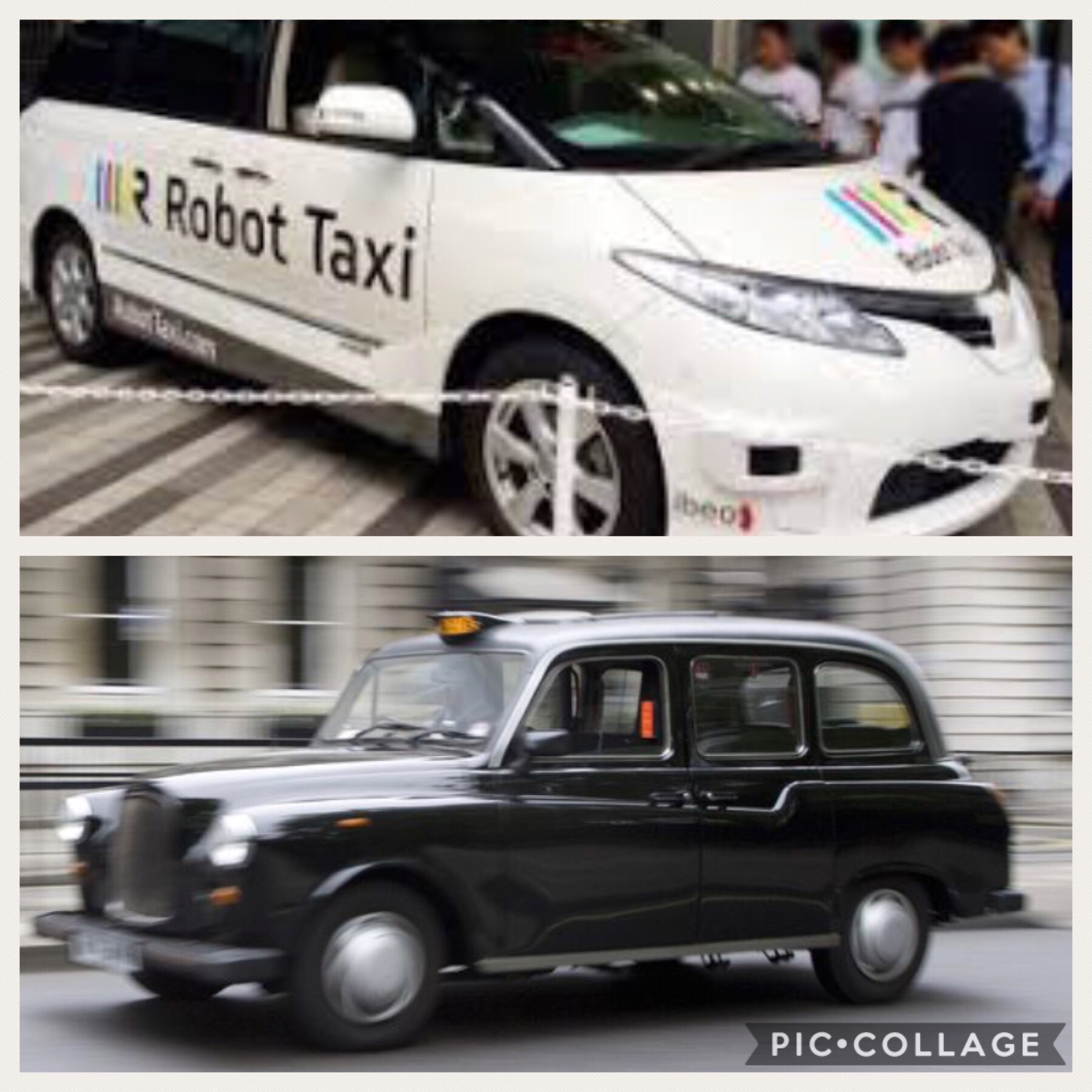
Recent research shows 60% of the public would prefer to have a human driver, while 73% said they wouldn’t feel safe driving on roads with fully autonomous cars.
The World Economic Forum’s 2018 Global Competitiveness Report published last Oct. 17 revealed that Saudi Arabia’s Global Competitiveness Index (GCI) improved ranking compared to last year, placing the Kingdom in the 39th position among 140 countries included in the report.
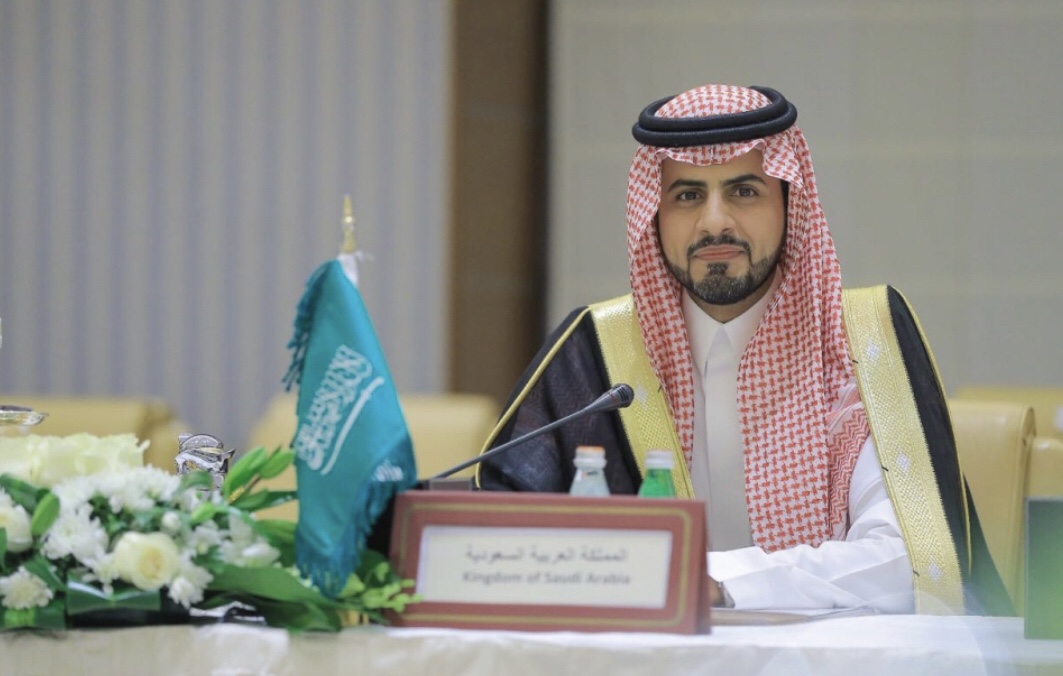
Ahmed Alhakbani, Governor of Saudi Customs, said Saudi Customs transformation journey had a positive impact in raising the Kingdom’s GCI ranking for the first time since 2012. Customs Strategy included 41 initiatives that cover the pillars of Customs’ work across all land, sea, and air ports.
David Cornwell, or John le Carré, as we usually call him, must have been wincing as he viewed the CCTV stills of those two Russian visitors to Salisbury. He was surely shaking his head in dismay as he watched their later avowals of their touristic interest in Salisbury Cathedral on Russian TV.

This is not just because he is an old secret service hand himself, with some professional appreciation of the skill at avoiding surveillance that any decent agent must develop. It is also because his every novel takes it as axiomatic that those with covert purposes (Russian spies, British spies, terrorists) have to be brilliantly cunning at hiding themselves. If spooks were to be like the apparent blunderers of the GRU, le Carré’s entire oeuvre would be doomed.

Great article in The Guardian about Le Carré and the Spy Story. The new Le Carré TV series based on the book The Little Drummer Girl som having premiere. I read the book many years ago so I will certainly see the show. I loved the recent filming of ‘Tinker, Tailor, Soldier, Spy’ and ‘Night Watchman’. This new one is rumoured to be equally good.
Read the article here: Trust no one: how Le Carré’s Little Drummer Girl predicted our dangerous world
Source: The Guardian
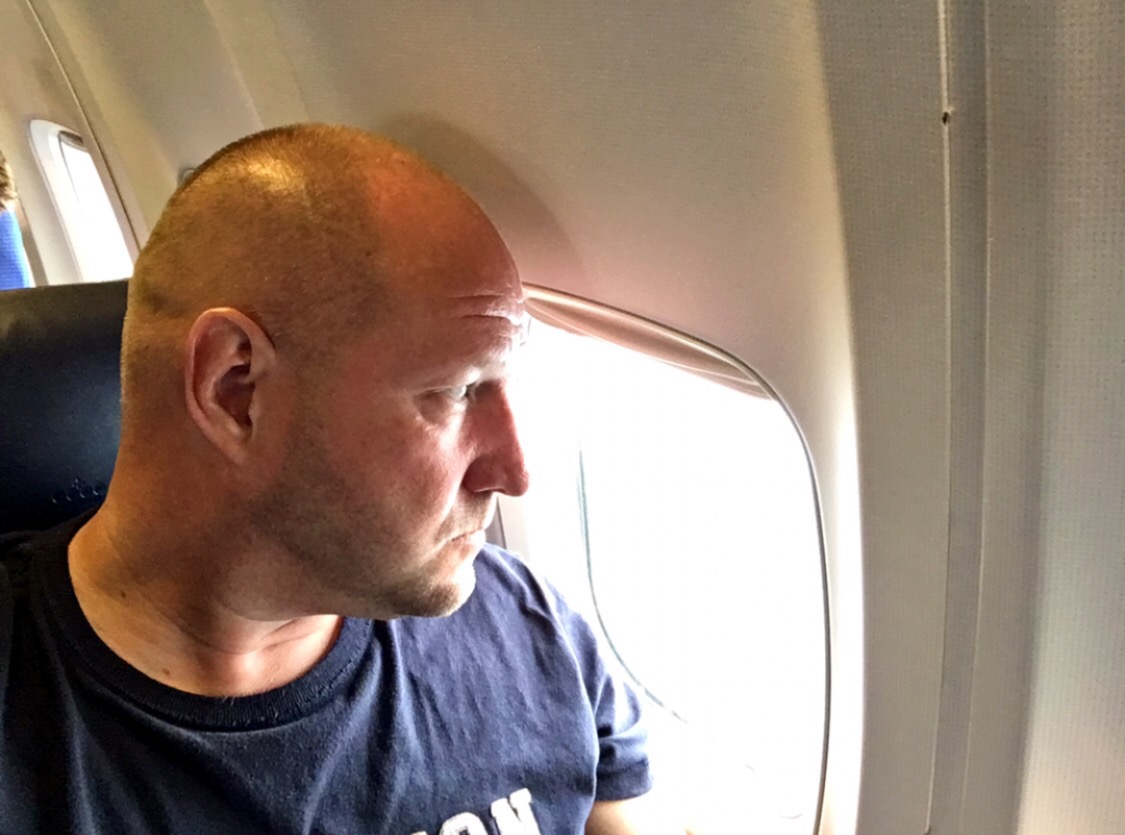
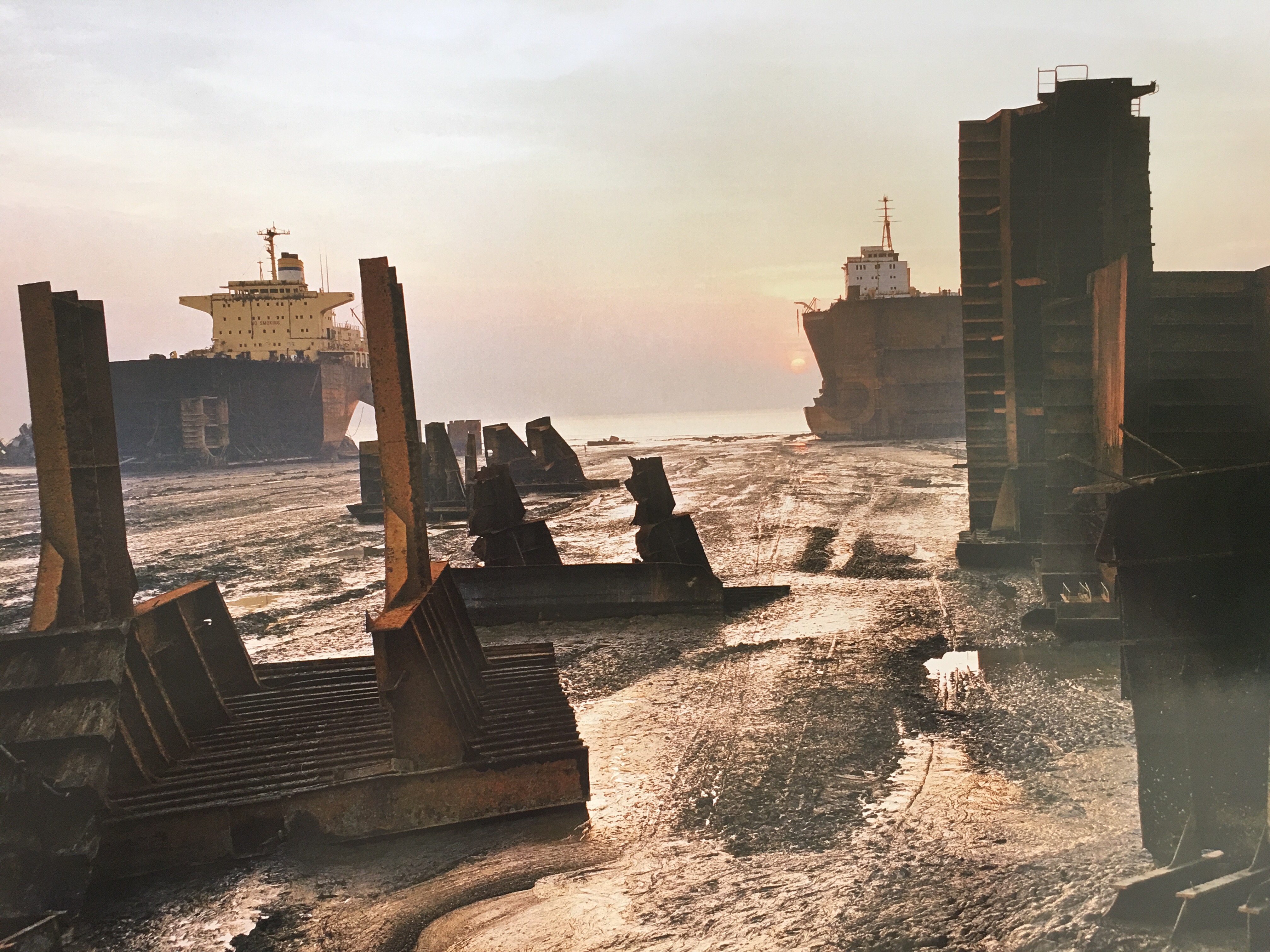
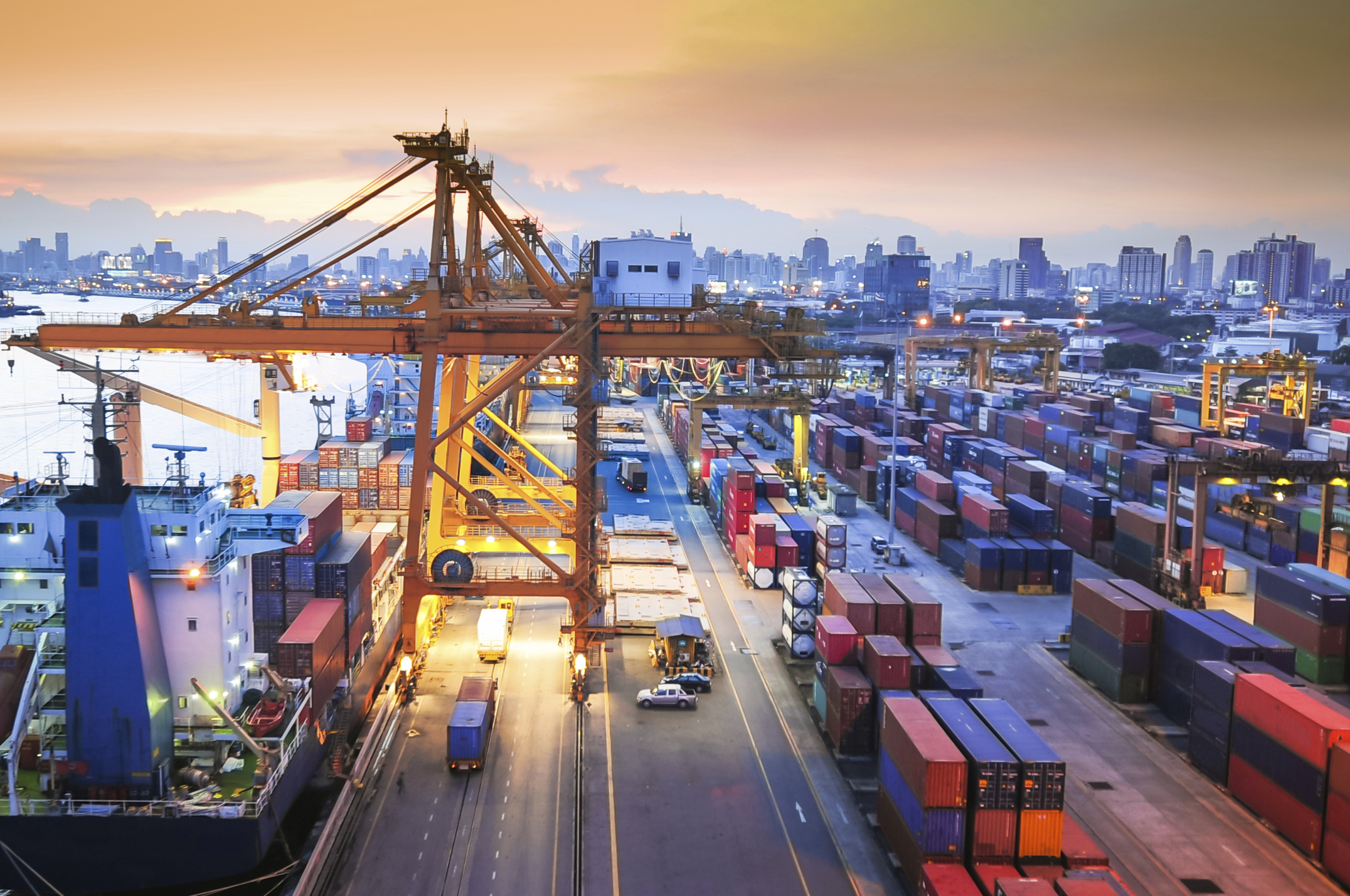

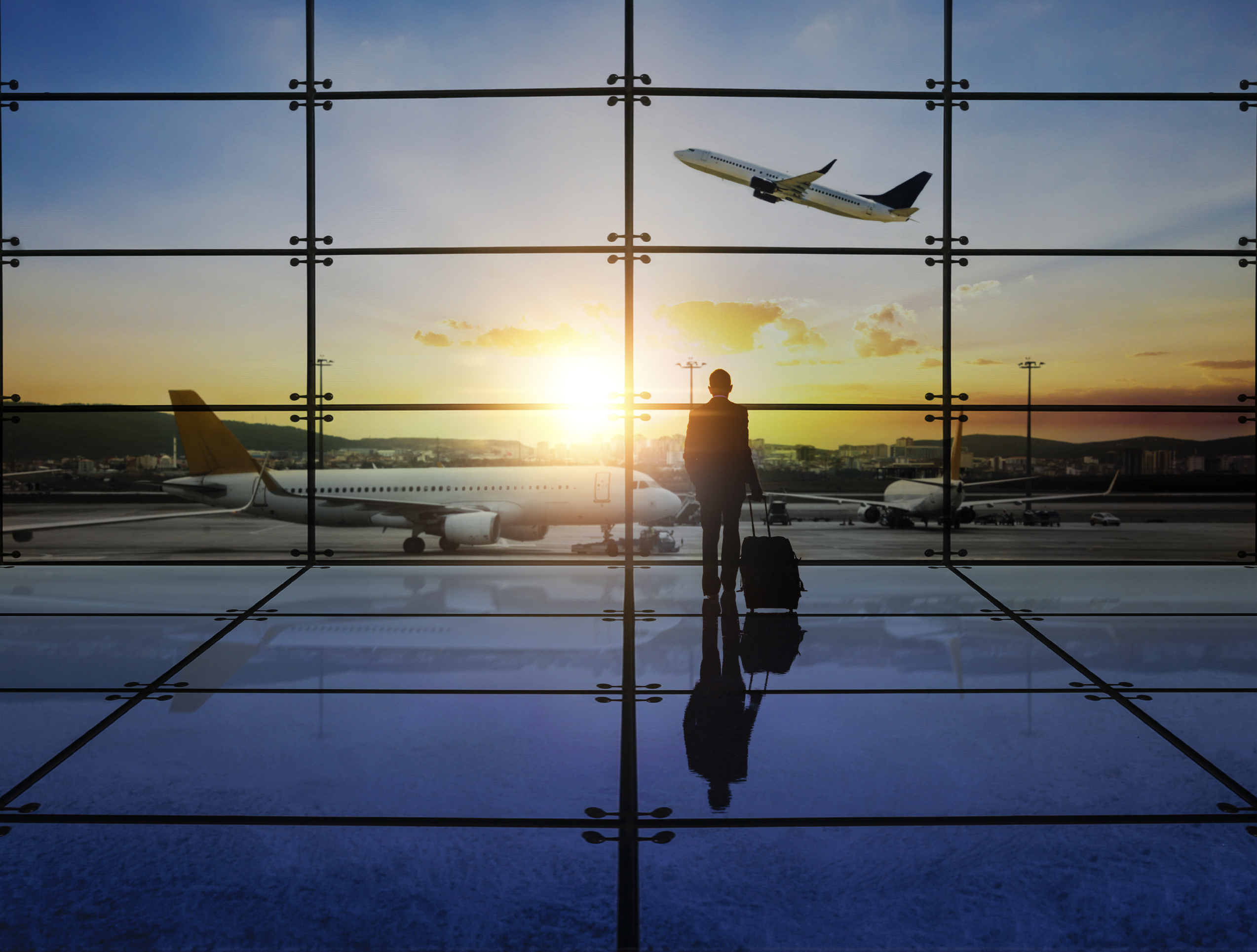
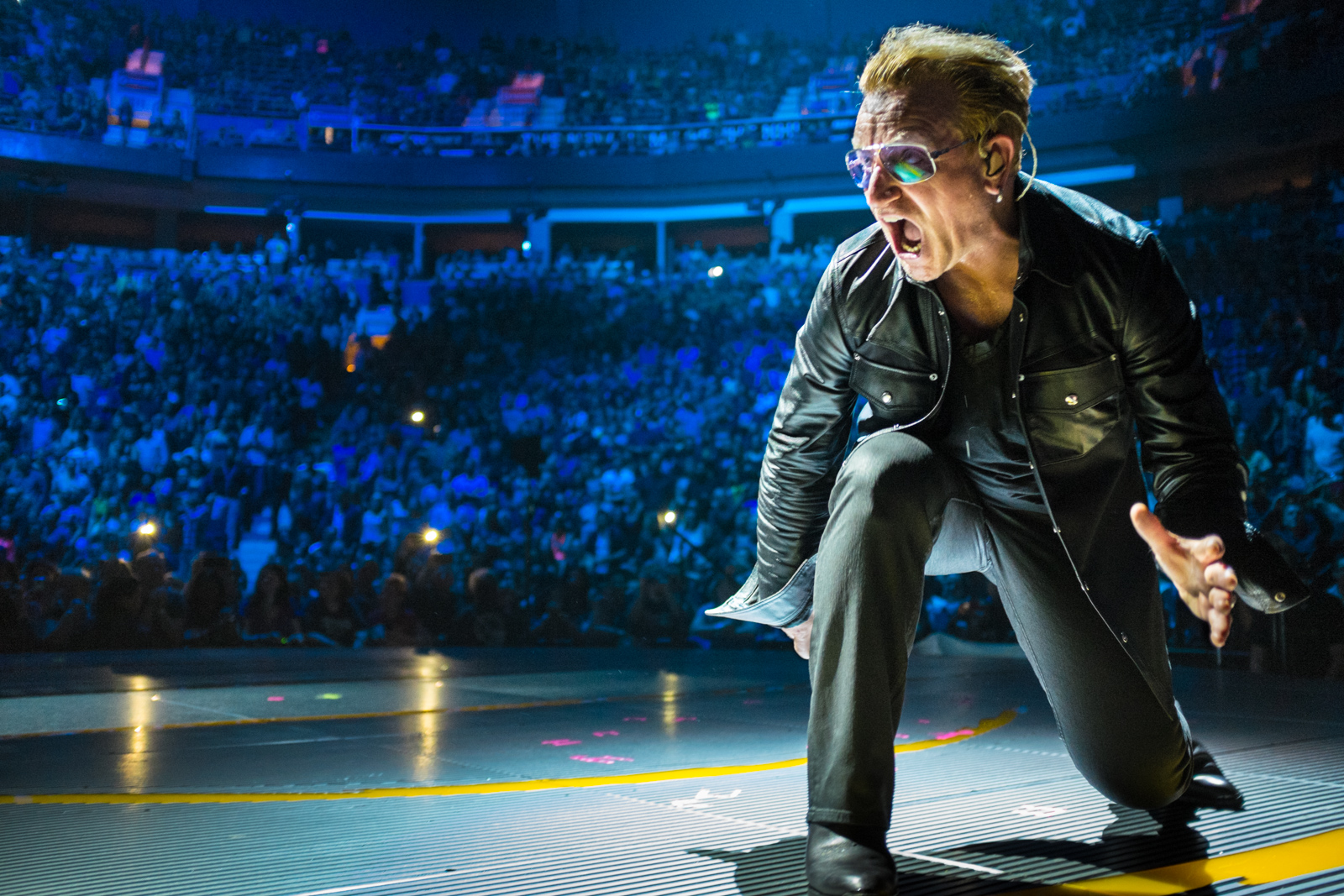
You must be logged in to post a comment.